HOSA Forensic Medicine
1/234
There's no tags or description
Looks like no tags are added yet.
Name | Mastery | Learn | Test | Matching | Spaced |
|---|
No study sessions yet.
235 Terms
Odontology
dentistry; study of the biology and repair of teeth
Dentition
complement of teeth of an individual
Bite Marks
usually horse-shoe shaped pattern left in inanimate objects or the tissue of a victim
Negligence
failure to treat the patient at the highest level of care and competency
Prognosis
predicted outcome of a patient's condition
Primary Dentition
the 20 baby teeth
Permanent Dentition
the 32 adult teeth
Maxilla
upper jaw
Mandible
lower jaw
Enamel
outer covering of the crown of the tooth
Cementum
outer covering of the roof of the tooth
Sharpey's Fibers
specialized fibers that connect both the tooth and the alveolar bone to the periodontal ligament
Periodontal Ligaments
specialized connective tissue ligament that holds the tooth in the alveolus
Alveolus
bony socket in either the maxilla or mandible that holds the tooth
Pulp
neurovascular tissue in the center of the tooth
Commissure
corner of the mouth
Ramus of the Mandible
vertical portion of the lower jaw that communicates with the skull
Vestibule
circular space formed by the meeting of the jaw and the cheeks
Avulsed
expelled or removed
Antemortem
before death
Perimortem
at or around the time of death
Dedicated Dimensional Standard
labeled ruler that is used in all analyses and photographs for a given bite mark case
Standard of Care
medical or psychological treatment guideline; can be general or specific; specifies appropriate treatment based on scientific evidence and collaboration between medical and/or psychological professionals involved in the treatment of a given condition
Forensic Toxicology
examination of all aspects of toxicology (the study of drugs and poisons that may have legal implications)
Postmortem Drug Testing
examination performed on blood, urine, and/or body tissues to determine if drugs were a contributing factor in a death
Contraband
in forensic toxicology and drug testing facilities refers to suspected controlled
Vitreous Humor
ocular fluid (fluid in the eye) that is often utilized as a sample for testing in postmortem toxicology
Workplace Drug Testing
examination performed on primary blood and urine from employees or job applicants for drug content
NIDA
national institute of drug abuse
Accuracy
ability of a measurement to match the value of the quantity measured; correctness
Amphetamine
controlled substance along with its analogs , such as methamphetamine that creates a state of wakefulness, euphoria, and excitatory condition (stimulation)
Hallucinogen
psychoactive drug that induces hallucinations or alters sensory experiences
Narcotic
addictive substance that reduces pains, alters mood and behavior, and usually induces sleep or stupor
Cannabinoids
term applied to marijuana and parts of the plant cannabis sativa in which tetrahydrocannabinol (THC) is the active agent
Phencyclidine
PCP; drug originally developed as a surgical anesthetic that was discontinued due to adverse patients reactions; abusers of the drug often experience severe psychiatric manifestations
Cyanide
CN; highly toxic chemical especially in the form of gas (hydrogen cyanine)
Chain of Custody
documented process the evidence goes through from the point of gathering to the final presentation in the court; intended to assure that there has been no tampering or altering the evidence
Gas Chromatography
gas flowing through a coated tube separates compounds by their size, weight, and chemical reactivity with the coating of the tube or column
Immunoassays
tests utilizing antibodies that react with the drug or substance that recognizes the antibody
Fluorescence
property of a product producing light when acted upon by radiant energy
Chemiluminescence
process by which light is emitted as a product of a chemical reaction
TLC
wet chemical test known as thin layer chromatography
Ultraviolet
area of the light spectrum just past visible violet and before the x-ray region
Enhancement
rendering an impression more visible through physical, photographic, chemical, or digital methods
Retention Time
time required for a substance to travel from the injection port to the detector in a gas or liquid chromatographic system
Mass Spectrometry
technique based of the detection of vaporized molecules and their ionized (charged) fragments; detection and display of the spectra are based on the mass-to-mass charge ratios of the ions; method is specific for qualitative analysis and useful for quantitative analysis
Chemical Ionization
a type of mass spectrometry in which a molecule reacts under relatively low energy with a reagent gas rather than fragmenting extensively
NIST
national institute of standards and technology
LC-MS
liquid chromatography-mass spectrometry is a technique that replaces a gas chromatograph with a liquid chromatograph
AAS
atomic absorption spectroscopy; technique for metal analysis utilizing the reduction of a metal in a solution to an atom, usually by a flame
NAA
neutron activation analysis; technique for metal analysis utilizing the characteristics of emitted radiation for the detection and quantitation of metals
Nucleus
cellular organelle surrounded by a nuclear envelope; it encloses the chromosomes during the interphase
ICP-MS
inductively coupled plasma-mass spectroscopy; modern technique for metal analysis that utilizes radio frequency energy for the detection and quantitation of metals
Isotopes
chemical element that exits in alternate forms containing identical numbers of protons and different numbers of neutrons
Toxicogenomics
field of science that deals with how genomes respond to toxins
LD50
quantity of a substance that kills 50 percent of the population
GC-MS
acronym for gas chromatography coupled with mass spectrometry
Who was the first to use fingerprinting as a method of identification on a large scale?
Sir William Hershel-1856
Who was the first to devise a method of classification based on fingerprints?
Dr. Henry Faulds-1880
Who's was the first official use of a fingerprint in the United States?
Gilbert Thompson-1882
What were Sir Francis Galton's calculations of the odds of two individual fingerprints being the same?
1 in 64 billion
Who began the first fingerprint files?
Juan Vucetich -1891
When was the first criminal fingerprint identification made?
1892
When was the introduction of fingerprints for criminal identification in England and Wales?
1901
What is the classification system for fingerprinting used in all English speaking countries called?
Henry Classification System
What does AFIS stand for?
Automated Fingerprint Identification System
What does the AFIS do?
Provides:
-Automated fingerprint search
-latent print searching capability
-electronic image storage
-electronic exchange of fingerprints and responses 24/7
What does the acronym CPIN stand for? How does it work?
C-Commonwealth
P-Photo
I-Imaging
N-Network
A computer network that extends PA and is used to record and store digital photos of crime suspects
Ballistics
the science that deals with the motion, behavior, and effects of projectiles, most often firearms and bullets.
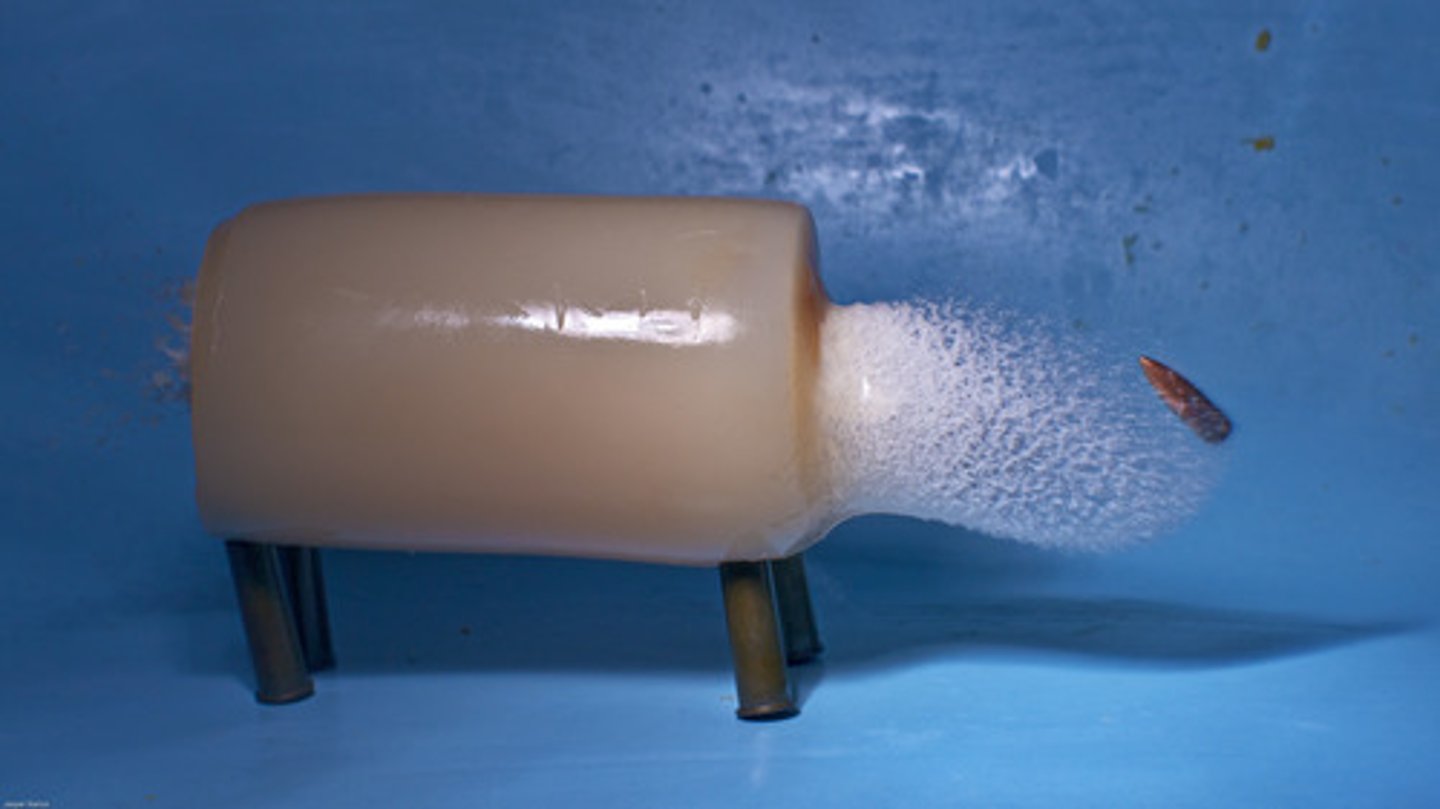
Odontology
in forensics, examination of bite marks and dental identification of corpses.
Pathology
investigation of sudden, unexplained, or violent death.
Entomology
the study of insects.
Palynology
the study of pollen and spores.
Polygraphy
the use of the "lie detector". Polygraph = lie detector
Laceration
Caused by a blunt object

Incised wounds
Caused by a sharp object
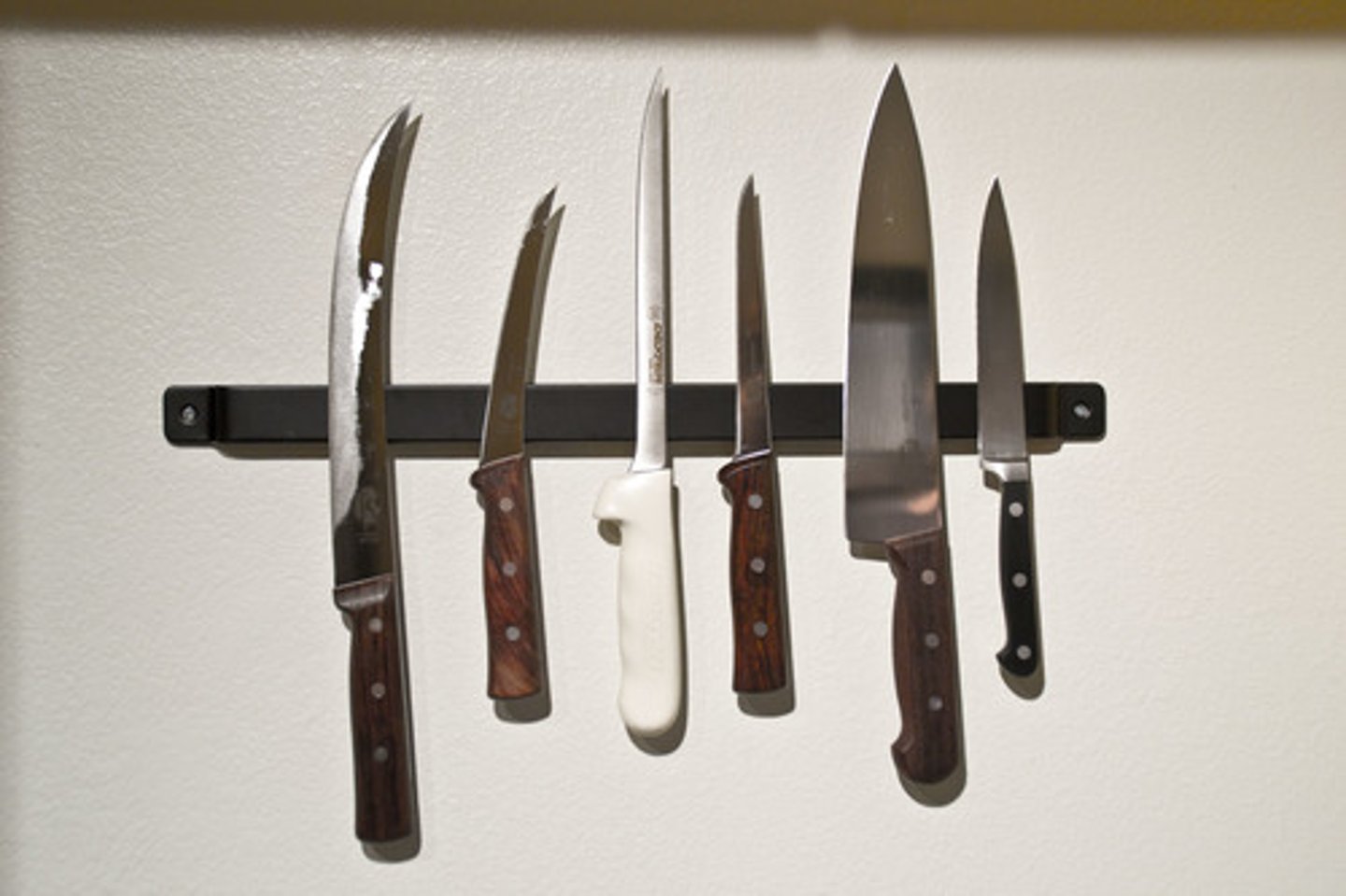
Perforating gunshot wound
Has an entrance and an exit wound
Penetrating gunshot wound
Does not have an exit wound.
Mechanism of Death
Biochemical or physiologic abnormality produced by the cause of death that is incompatible with life
Manner of Death MOD
The fashion in which the cause of death came to be.
Rigor mortis
Stiffening of the muscles that occurs following the death of a person. The glycogen in the body is not reformed leaving muscles stiff
Livor Mortis
Discoloration of the body which occurs from te settling of red blood cells after the blood stops circulating. Lividity becomes fixed at 12hrs
Algor Mortis
Cooling of the body that occurs after death. This obviously varies greatly.
Mechanical traumas
Can be sharp or blunt. Blunt traumas are further divided into firearm and non-firearm.
Non-penetrating traumas
Can be sharp or blunt. Blunt traumas are further divided into firearm and non-firearm.
GSR
Gun shot residue Gun powder leftover from shooting a gun
DOA
Dead on arrival, Death on Arrival
Cannabis
marujuana;pot
Teratogen
an agent that can cause birth defects in an embryo or fetus. two well-known examples are alcohol and thalidomide.
Alkaloid
Examples are cocaine, nicotine, strychnine, caffenine, and morphine.
Analgesics
drugs that relieve pain.
Presumptive Test
test that presumes the presence of the questioned substanced; also called a screening test.
Osteons
structures in bones that carry the blood supply.
Femur
long bone found in the leg extending from the hip to the knee.
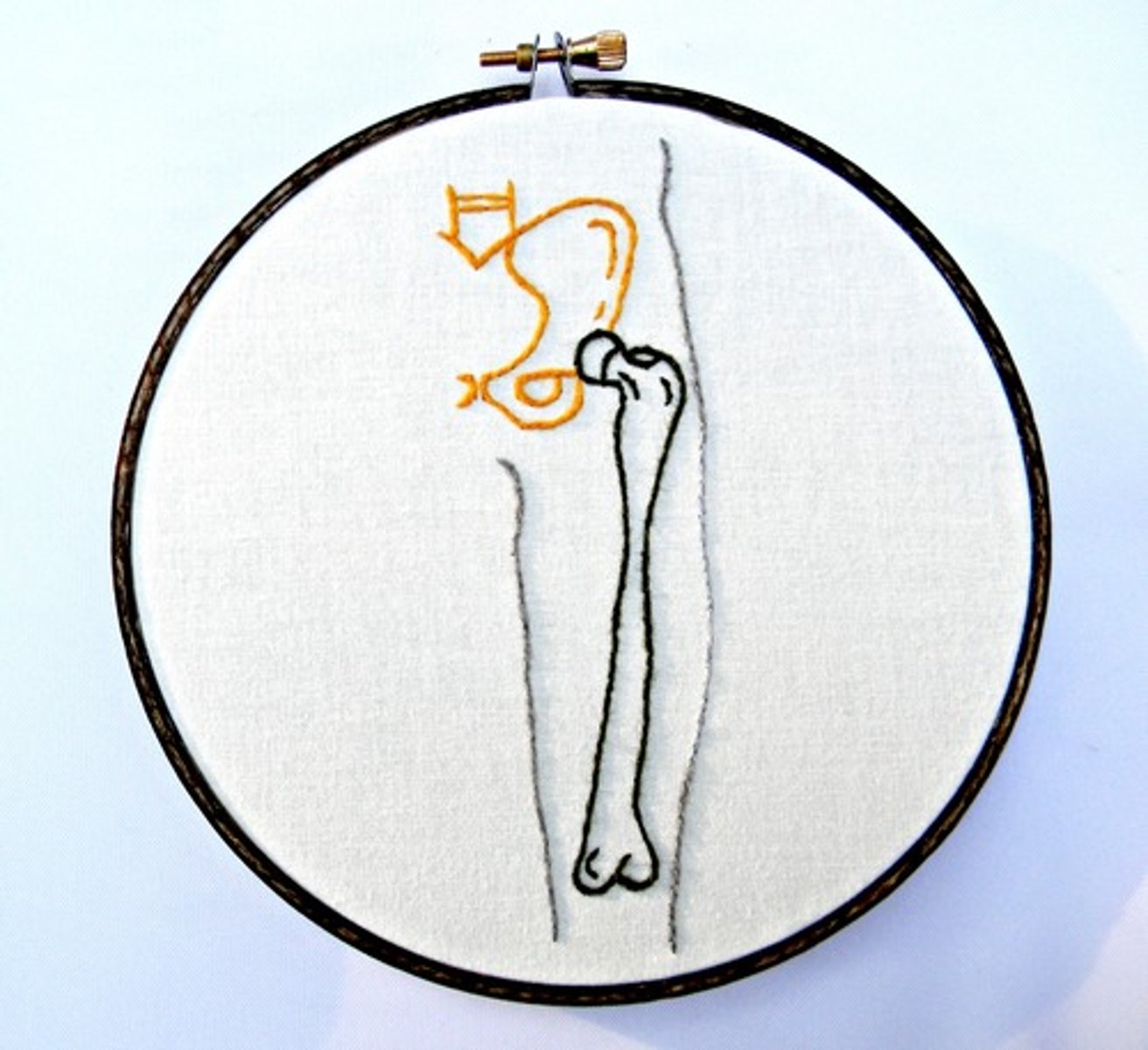
Tibia
long bone found in the leg extending from the knee to the ankle.
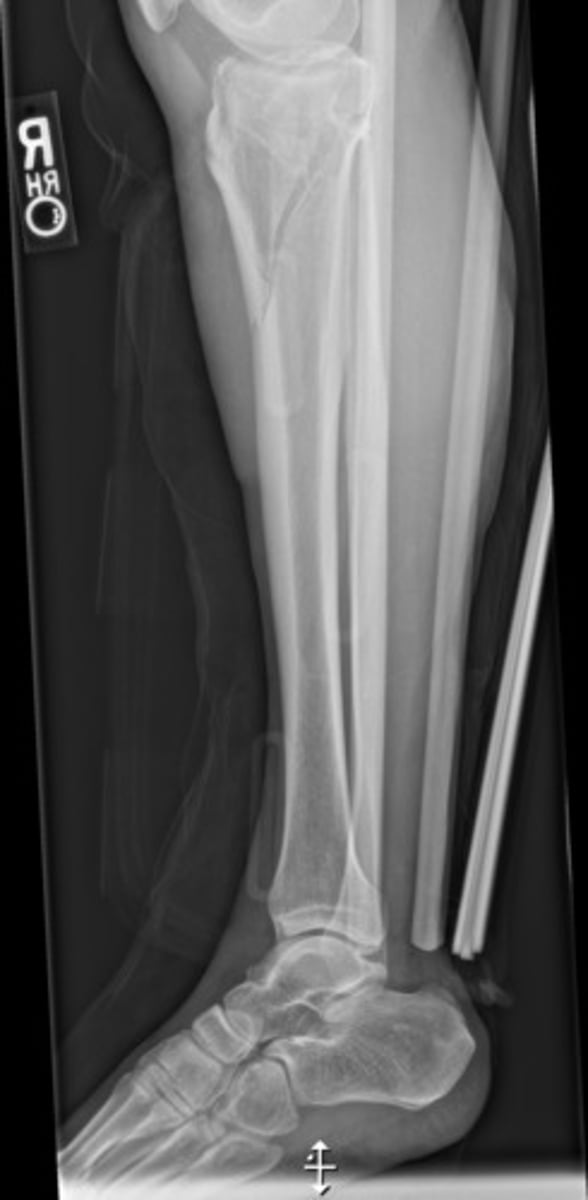
Humerus
long bone found in the arm extending from the shoulder to the elbow.
upper arm

Radius
long bone found in the arm extending from the elbow to the wrist.
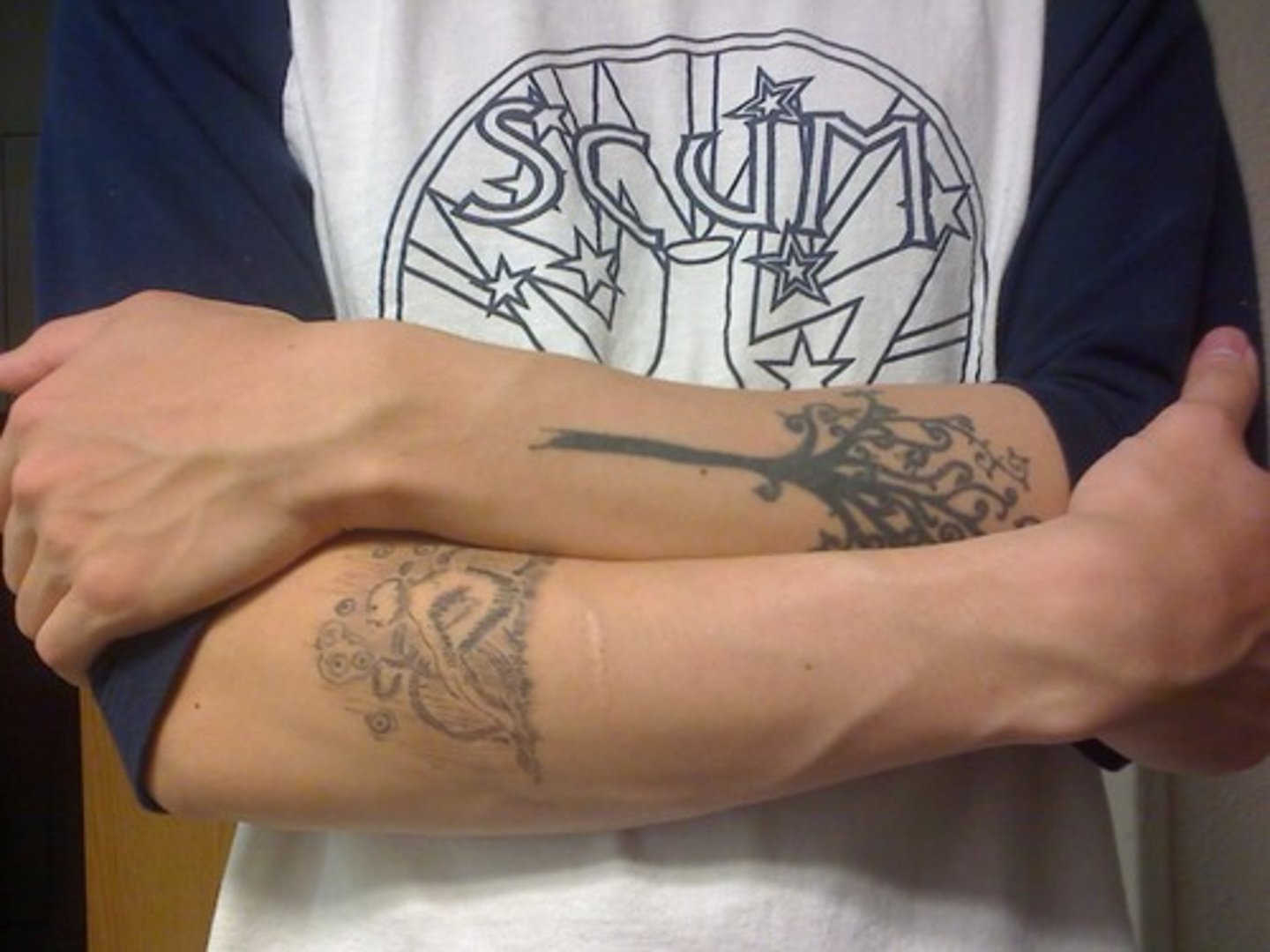
Os Pubis
area on the anterior side of the pelvis where the hip bones come together.
Ventral Arc
a bony ridge that is formed on the ventral (lower) side of the female os pubis.
Epiphyses
growth plates found at the ends of the long bones. they form in adolescence and fuse to the bone during early adulthood.